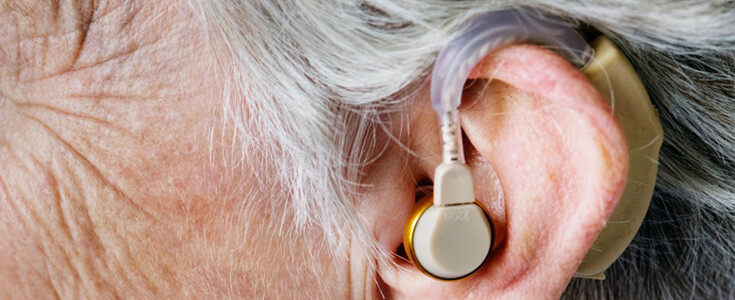
Smaller medical devices will have a subversive impact on health management practices.
Medical devices are ubiquitous in our lives, but as a sub-area of the pharmaceutical industry, its market is still relatively small, and it is not as important as drugs. It has neither a comprehensive technological breakthrough nor even a unified technology. The direction, every progress is only the doctor will pay attention. But all the growth is put together, but it will have a subversive impact on the health industry, that is, each of us manages our health.
At the level of the world, medical resources are scarce. To solve this problem, we have to do the following three things: let each person get sick less; get sick as soon as possible, and treat as quickly as possible; chronic diseases can be well managed. And medical devices can help people in these three areas. At the same time, various trends also have a large market for the future of medical devices.
In terms of communitization, relevant data shows that consumers who have been to retail clinics in the United States have grown from 10% in 2007 to 35% in 2015. In 2016, the number of retail clinics in the United States reached 3,000. The community and remonetization of this kind of health service have brought about a new trend, called “instant detection”. The full name of the word, Point-Of-Care Testing, referred to as POCT, is the monitoring, diagnosis, and treatment of the site where the disease or event occurs. The requires medical devices to be miniaturized, portable, simple to operate, and low in cost.
Currently, China is moving towards a similar model of grading, but it is just getting started. China has a large population base and certainly needs more community clinics like the American Snack Clinic. Therefore, in the future, smaller medical devices will have a lot of room to play.
In addition to the transformation of the medical system model, the development of other specialized medical institutions has also increased the demand for medical devices. At present, the areas where capital is more focused include specialized hospitals and small medical institutions, including medical beauty, rehabilitation, community medical care, and also require a large number of instant monitoring devices and plastic surgery and rehabilitation equipment.
From the perspective of a more extended demographic structure, China's population aging has seen the first peak of the elderly population during the “Twelfth Five-Year Plan” period, and the proportion of the elderly population has increased from 13.3% to 16%. The means that the demand for health care for the elderly has increased dramatically. The existing hospital beds and nursing capacity have been challenging to meet the needs of the elderly, and the consequent rehabilitative care for the elderly has gradually shifted to hospitals and clinics in families and communities.
The trend of the above three demand sides will promote the development of intelligent, portable and miniaturized medical device products for the detection, diagnosis, treatment, and rehabilitation care, resulting in the long-term rapid growth of medical devices.
There are many types of medical device subdivisions. In general, it can be divided into small in vitro diagnostics, smaller medical imaging instruments, genetic testing, rehabilitation, and high-end consumables, especially 3D printing. Here we introduce the field of application that is currently widely used and is in the rapid development phase: in vitro diagnostics.
80% of our clinical diagnostic information comes from in vitro diagnostics, which play an essential role in health assessment and disease diagnosis. Before the 1980s, laboratory testing was centralized, and all tests were performed in the laboratory before the results were returned to the patient. But now, the most common blood sugar test has been transferred from the laboratory to the immediate monitoring of patient care. We see that small medical devices have ample market space in this field. One of the markets is what we call "instant detection." The precise definition of in vitro and immediate detection (IVD) refers to the acquisition of clinical diagnostic information by detecting blood and urine tissues and secretions in vitro. There are many ways to check IVD, which can be divided into the biochemical diagnosis, immunodiagnosis, molecular diagnosis, hematology, microbiology diagnosis, urine diagnosis, etc. Among them, biochemistry, immunity, and molecular are the most important in daily medical diagnosis.
The popularity of smaller medical devices reflects the new demands of the health and wellness industry, and the development of smaller medical devices will also change the face of the health industry. With the changes in population structure, the development of big data and Internet of Things technologies, more and smaller medical devices will enter community clinics and enter our lives. The above suggested are just some of the more clear applications. Smaller medical devices are an up-and-coming market. As investors, we look forward to finding many high-tech companies with growth potential in this field.
LiPol Battery provides smaller lithium polymer battery solutions for samller medical devices with custom dimensions, custom shape, custom capacity and more. If you need a smaller power supply, please feel free to contact us.
Lithium Polymer Battey by Capacity
10mAh + 500mAh + 1000mAh + 6000mAh + 100mAh + 600mAh + 2000mAh + 7000mAh + 200mAh + 700mAh + 3000mAh + 8000mAh + 300mAh + 800mAh + 4000mAh + 9000mAh + 400mAh + 900mAh + 5000mAh + 10000mAh
